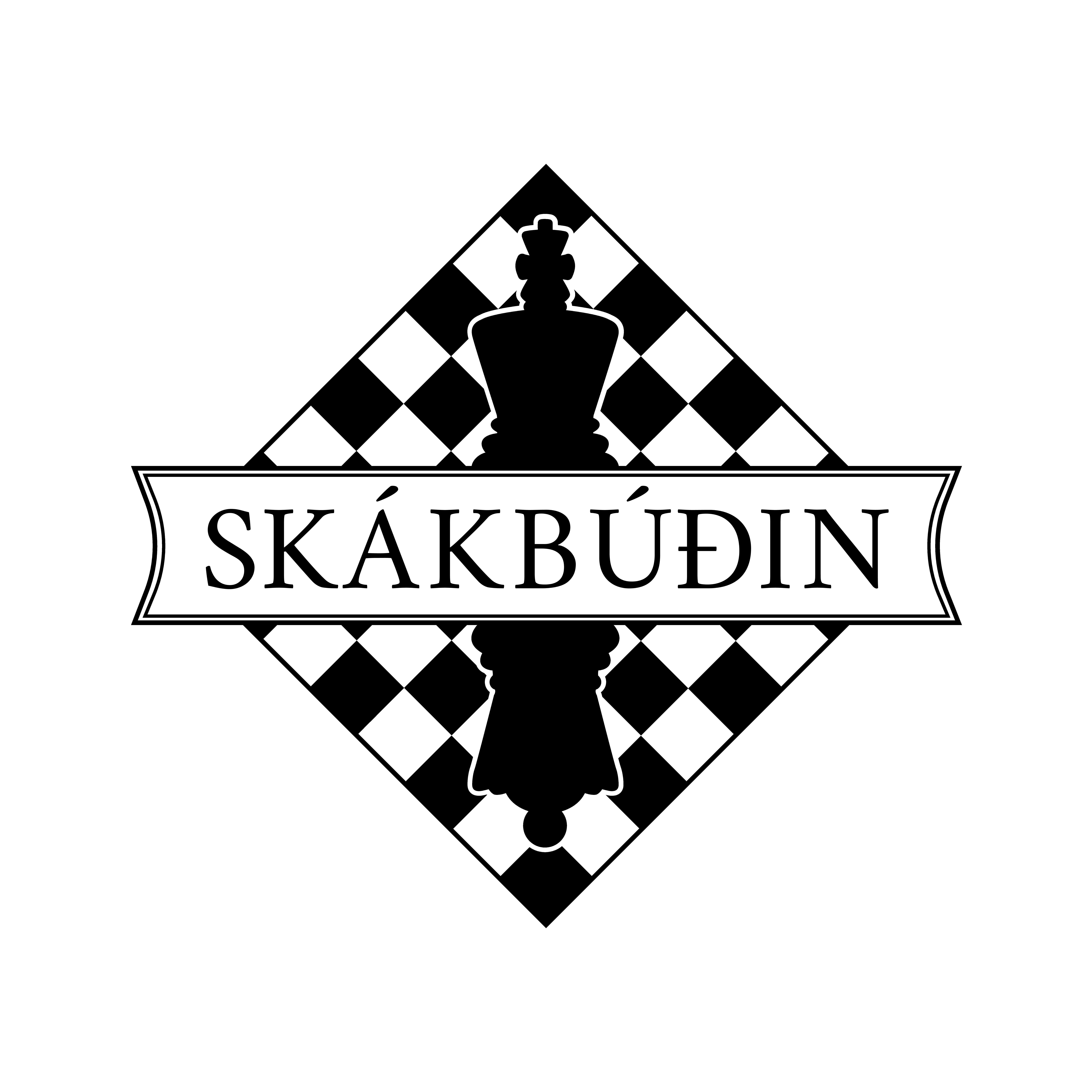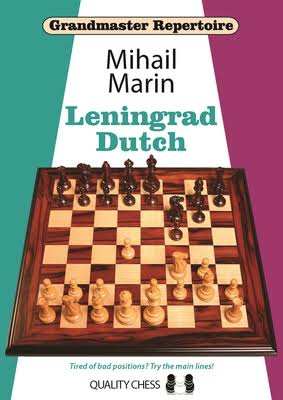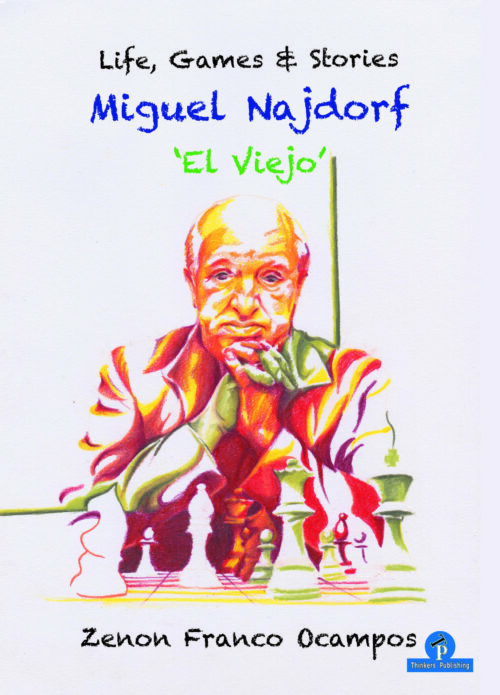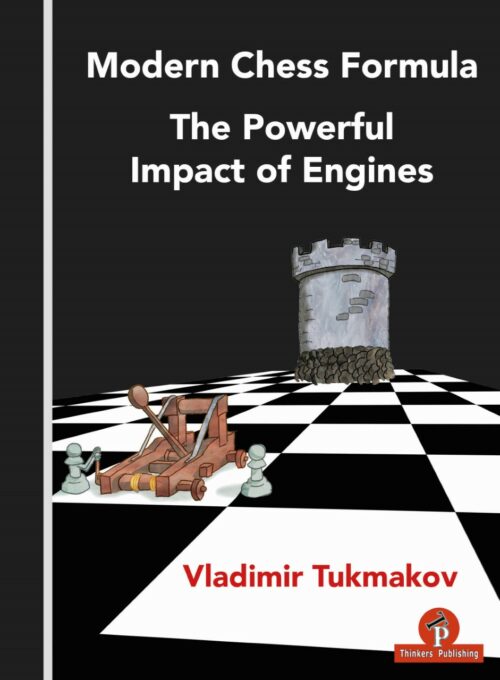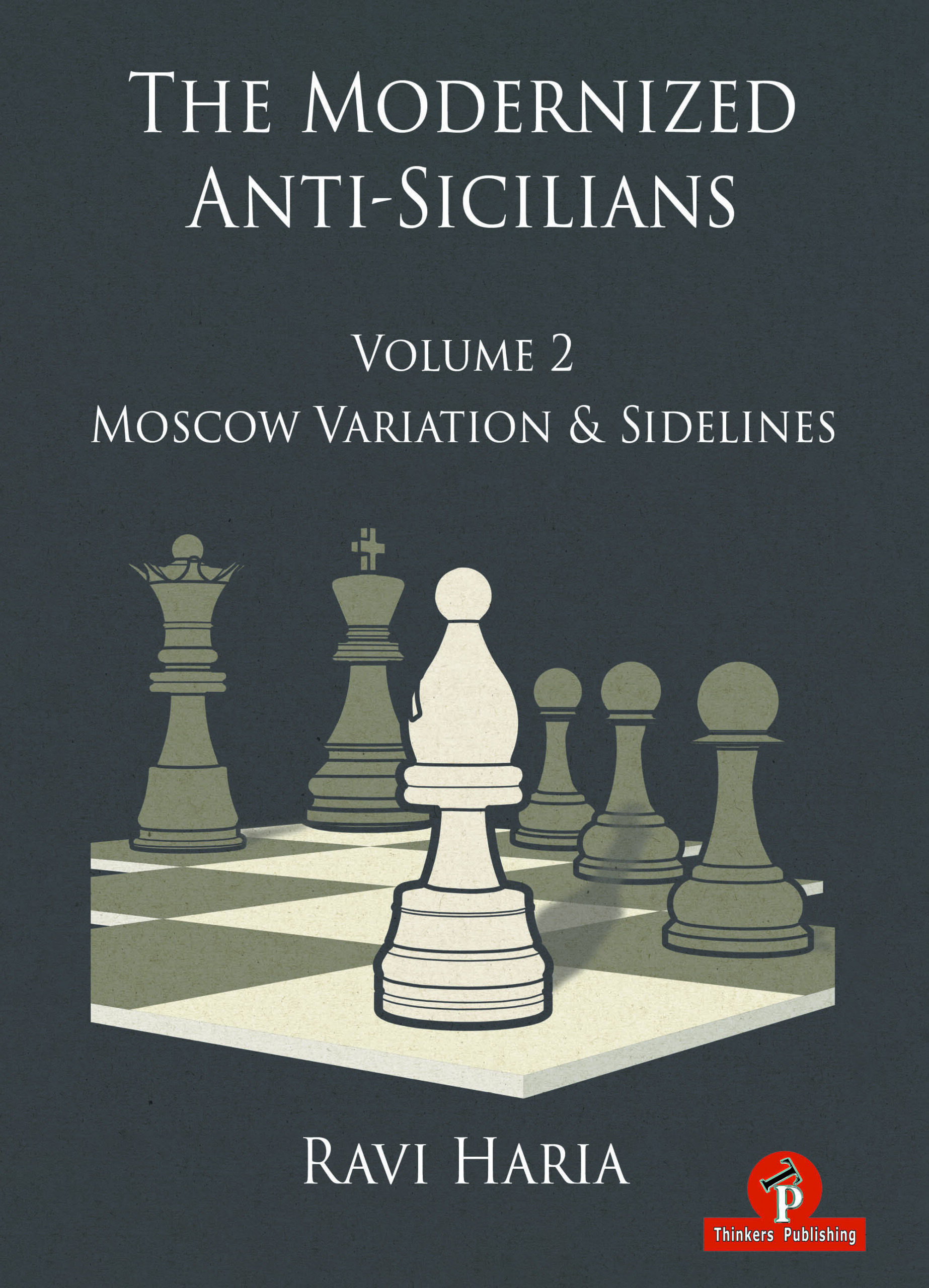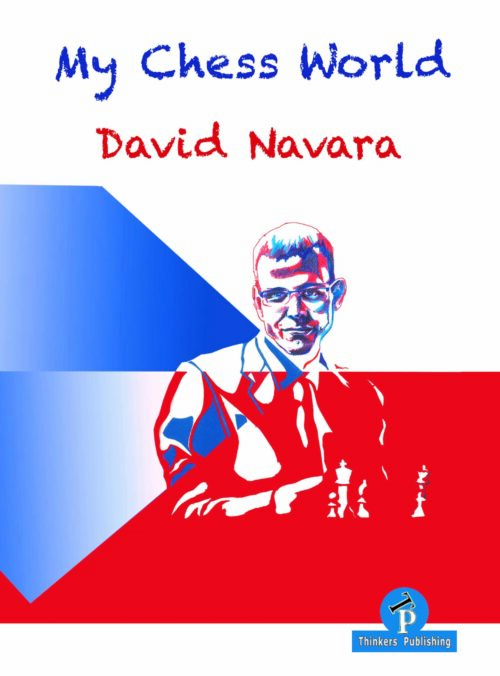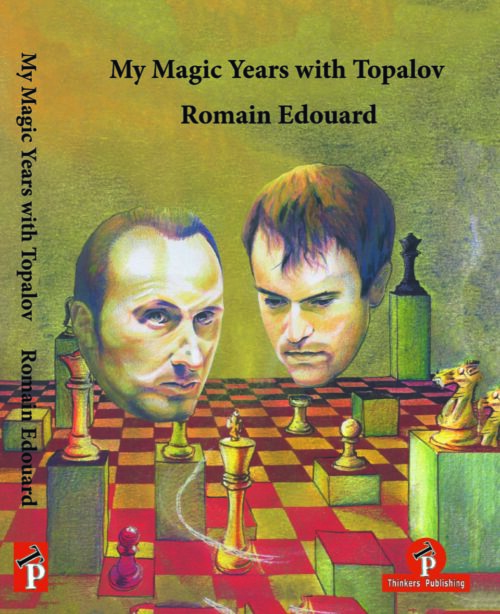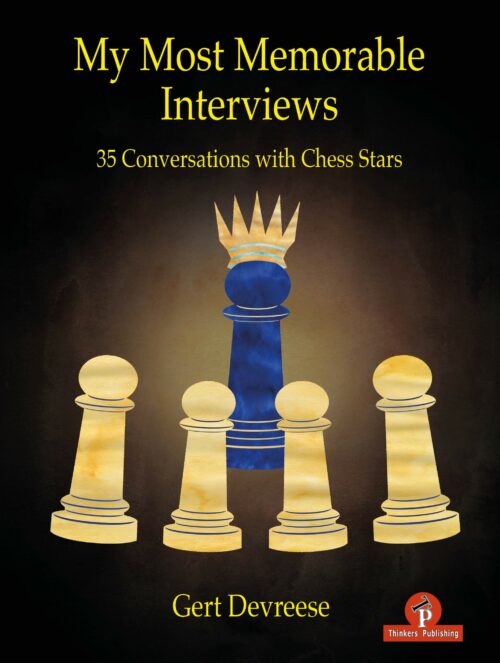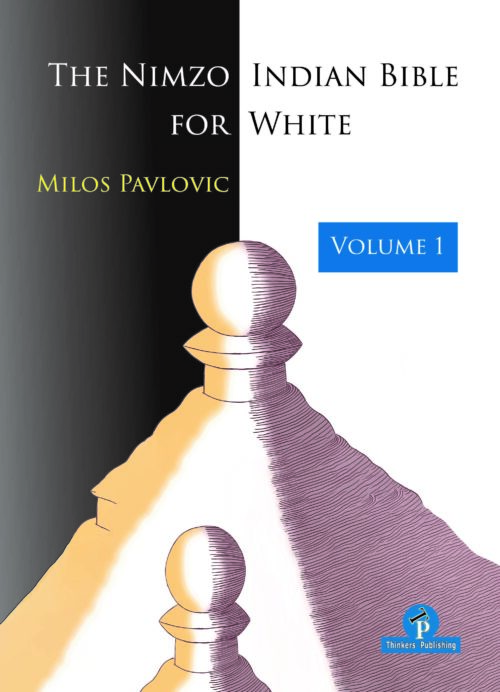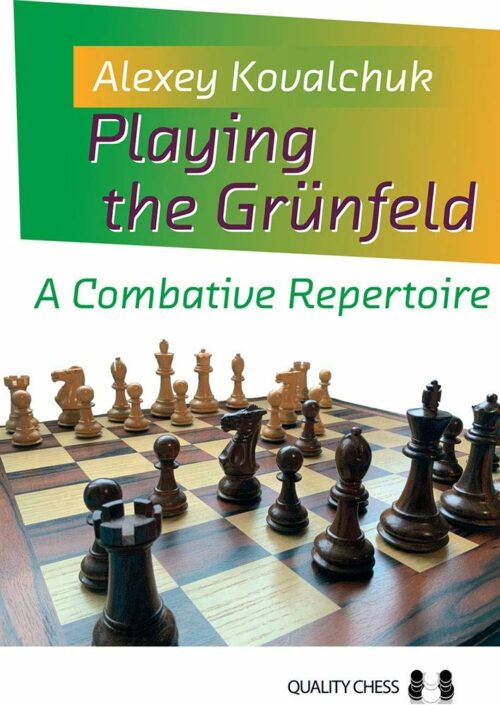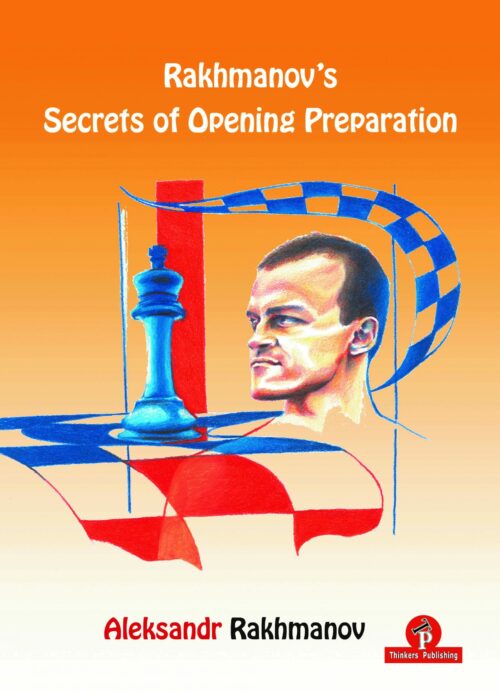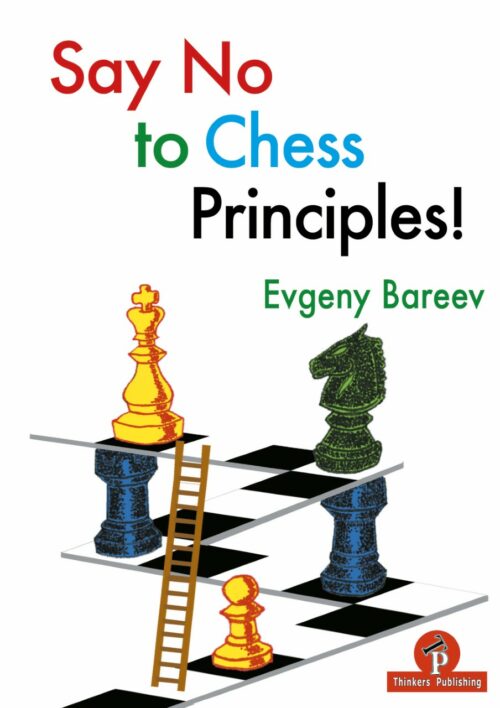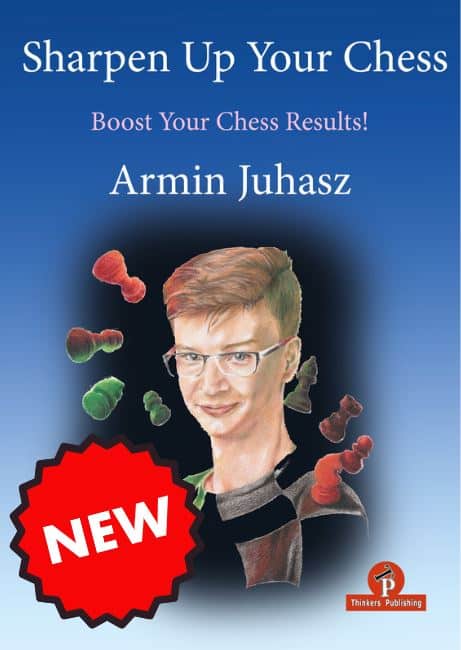-
Á útsölu!This book is dedicated to chess, though I must confess it is not that same chess with which I immediately and eternally fell in love many, many years ago. There were plenty of wonderful moments, and no shortage of horrible disappointments associated with that version of the game in which I certainly considered myself a true professional. The realities of chess life during the second half of the twentieth century are diffi cult for today’s young people to imagine or understand: Tournaments lasting 30,40 days with adjourned games being completed on specific days allotted for such adjournments. Unbelievable time trouble given that back then only the unrestrained dreamer David Bronstein even thought about incremental time to be added after each move. Mountains of cigarette butts in ashtrays — a fixed attribute of the chess battles and battlefields in those severest of days. Finally, suitcases filled to the very brim with Yugoslav Chess Informants and handmade card indexes.
-
Á útsölu!
- Black is forced to make an immediate decision on move 3 and wait for the right moment to open the position.
- On top the author created practical difficulties for the Black. Naturally, it is not possible to find an advantage in every variation but Ravi added many detailed explanations to guide plans and aid understanding in the various positions White encounters.
- Ravi’s analysis makes Black’s path to equality extremely narrow.
- Finally, it was important to also consider the less popular second moves (2…g6, 2…a6, and 2…Nf6). In particular, both 3.c3 and 3.c4 against 2…g6 were examined.
- The latter transposes to an Accelerated Dragon, which the author can justify including in an Anti-Sicilian book as he believe it’s correct to enter an ‘Open-Sicilian’ type position if it benefits anyone. This approach has been emphasized across both volumes and it is made especially clear in the chapter against 2…g6.
-
Á útsölu!“This book is not a pure (auto)biography, rather a games collection. It consists mainly of interesting high-class games played by me, including many losses. Most of the games are preceded by accompanying texts, which vary from essays to tournament reports. The title of the book might seem presumptuous, but I wanted to show how I see or experience the competitions without denying the chess worlds of others. While the texts are mostly light and subjective, at the same time I tried hard to stick to the facts and provide some food for thought.” ~ David Navara
-
Á útsölu!If he thinks an idea will work over the board, the notion of risk is irrelevant to him. He wants to be on the attack and believes an objectively inferior position isn’t necessarily bad if his opponent needs to find several difficult defensive moves. “If that’s the only move for my opponent, let’s enter the line and see if he sees it!” is his philosophy.” ~ Romain Edouard
-
Á útsölu!I like the fact that a publisher has now been found to compile his best stories. The biggest names pass by: Kasparov, Karpov, Timman, Carlsen, Polgar, Kortchnoi, Anand, Caruana, Giri, Hou Yifan… This is just a sample, all portrayed at a time when they were in the spotlight in one way or another. The power of a good interviewer is that he prepares well. And that is what Gert does. Moreover, he is also conscientious in the elaboration of his stories. He checks facts and calls or emails the interviewee if something is not clear to him or needs explanation. I hope the reader enjoys reading this book. Jeroen van den Berg
-
Nýr titill. Mæli með þessari! The character of any player is reflected in their game. It also applies to choosing their openings. Therefore, for you to better understand what I’m going to explain in this book, I should describe my style. I play simple positional chess and like to play the endgame. I don’t look for complications for the sake of complications, but if the position requires sacrifices based on the situation on the board, then I will do so without hesitation. I like to control the course of actions; therefore, I would prefer to play with the initiative without a pawn than vice-versa. In general, giving the opponent dynamics is a bad idea.
-
Á útsölu!“A lot of the topics listed demand a very straightforward type of thinking or approach. However it also happens that chess players often discover significant resources which formally exist outside the typical rules of chess. Those who know how to break all the rules and work around those specific guidelines reach the very top.” ~ Evgeny Bareev
-
Á útsölu!
- The clarity, simplicity, and pure instructiveness of this book is striking.
- The analysis is first rate, the commentary cogent, and the production excellent.
- The emphasis is on general principles that readers will be able to use in their own games.
- The key is to always stay ahead of your opponent and know how to control the chaos on the chess board. Armin Juhasz explains all this in detail without losing sight of practical decision making.
- With the right strategies, anyone can become a champion and level up their game to become unstoppable. This book is for the ambitious and keen player!
skákbækurTómas Veigar Sigurðarson2023-06-12T16:33:59+00:00
